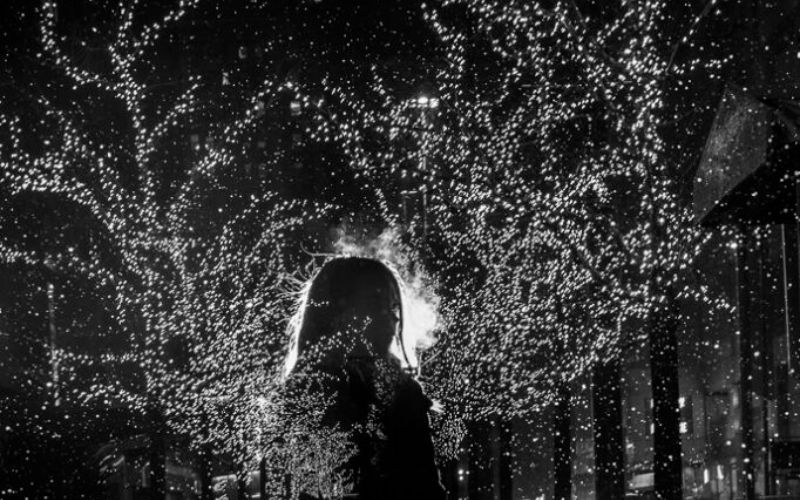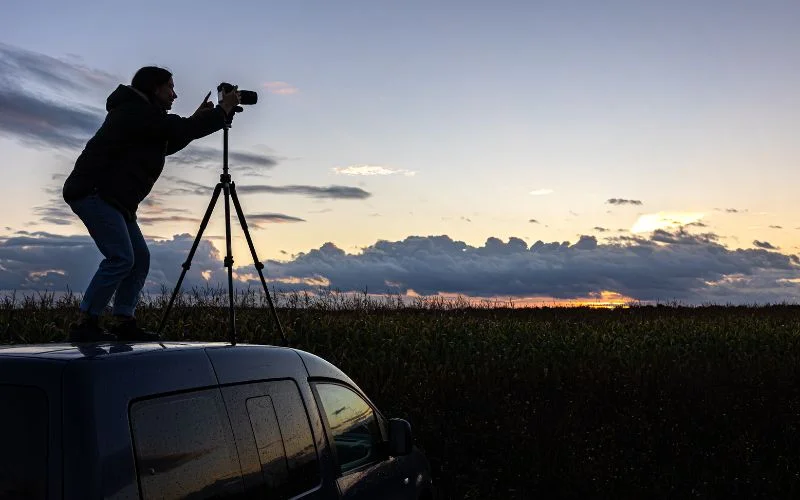Japanese street/documentarian photographer Satoki Nagata has only recently taken up photography as a means of expressing himself. Although he has been interested in the visual form since an early age, it was in 2009, on the streets of Chicago, that Satoki Nagata realized his work could be seen as street photography.
Alongside his photography,Satoki Nagata is also working on a documentary expanding upon the three years spent working on the series Satoki Nagata made “Cabrini-Green: Frances Cabrini Rowhouses” and will have exhibition of his work at the Harold Washington Library Center, Chicago IL from June 28-August 23, 2013.
In this interview, Satoki Nagata talks about how Zen Buddhism influences his work, how black & white photography delves into visual symbolism, and how every photographer must find their visual voice.
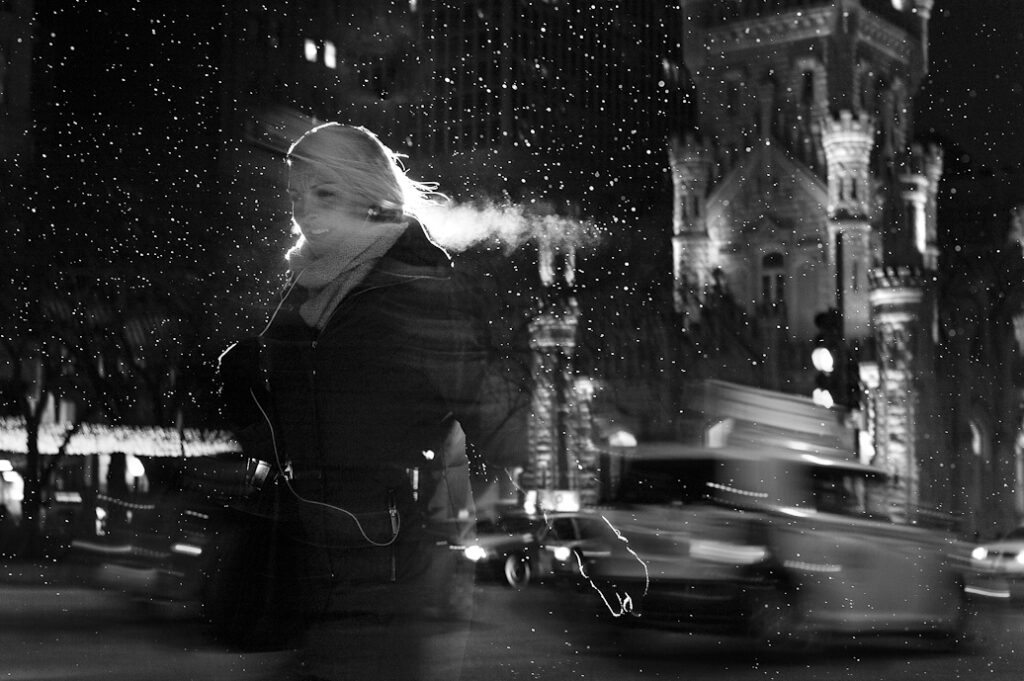
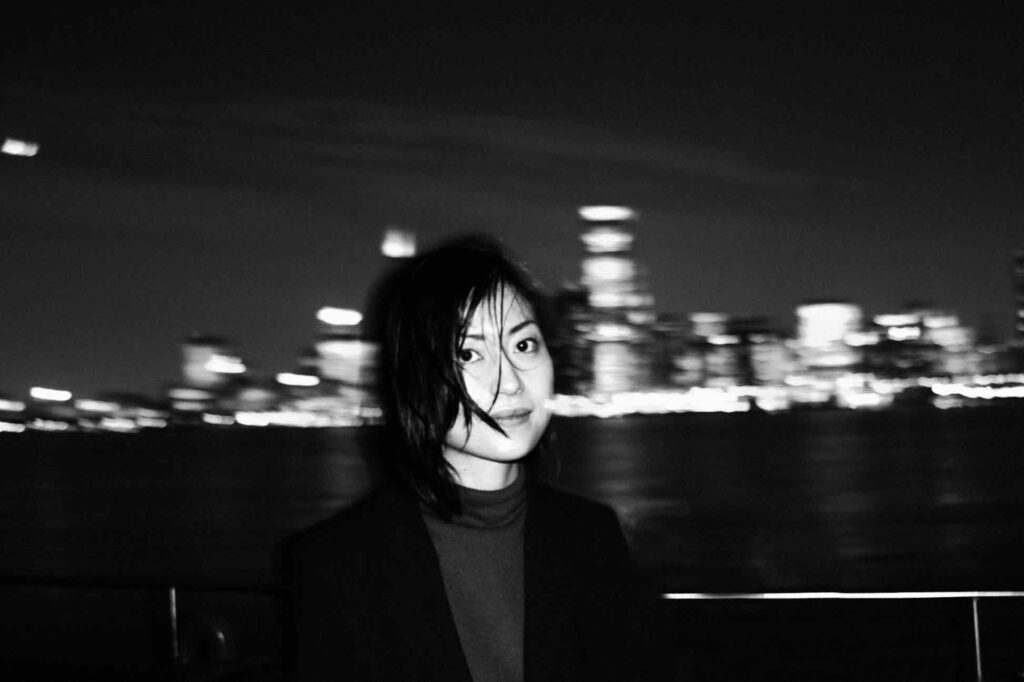
How did you first get into street photography? How would you describe your work?
I have enjoyed the visual arts since I was child, but I did not pursue it during school. I came to the US after finishing graduate school in 1992 and started using a camera just for fun. I took pictures of anything I wanted and especially enjoyed photographing people on the streets. In early 2009, I learned about the genre of street photography and realized that was what I had been doing. Then I started consciously doing photography as an art form to express myself.
A theme to my work is people and their lives in Chicago, which I capture through documentary, environmental portraits, and street photography. I like to engage people while photographing, so many of my images are taken closely and made through intimate connections with them. I try to maintain these intimate connections even when using a flash on the streets. I think my flash work, “Lights in Chicago,” was the result of intensive documentarian photography.
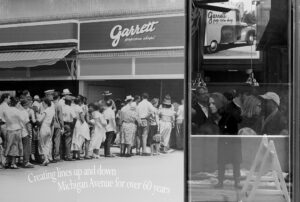
Your street photography is mainly based in Chicago. How has the streets of Chicago influenced your work?
I am not sure that I got influences directly from the city, but I like this city because we have high buildings, the waterfront of Lake Michigan, and there are various ethnic communities in and nearby downtown. We have hot summers as well as freezing winters with the occasional snow, but I always find something that I want to photograph.
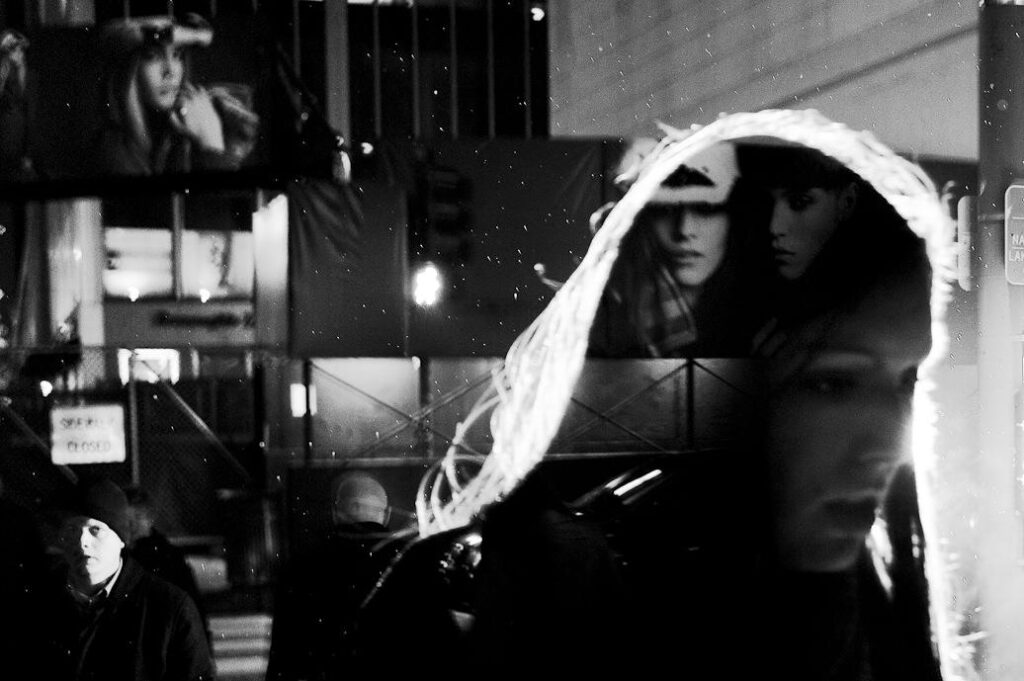
You are a respected street photographer, and the genre is ever popular. What do you think is the difference between street photography and photojournalism?
The definition of street photography is very different among photographers. I do not place much emphasis on the differences between street photography and photojournalism. As a photographer, I have found that thinking about the categorization is not necessary in allowing me to produce the best images possible.
I think street photography may originally be defined by the viewer, not by the photographer. When I saw my images as the viewer, I found that some of my images could be categorized as street photography, and some of them could be documentary photography, but that does not mean they are exclusive of each other.
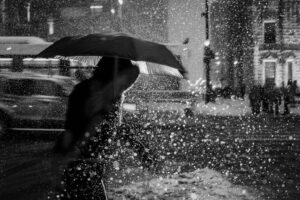
How would you describe your approach to every photograph you take? What are you looking to achieve?
I always think about what I want to communicate to the viewer with the image. A photograph is a medium for communication. Human life is far more complex than we imagine, and it is impossible to tell everything with one image or even a series. However, we can show that complexity with images. Photography as art shows the ordinary world in a different way, and I am always looking for images through my distinct vision.
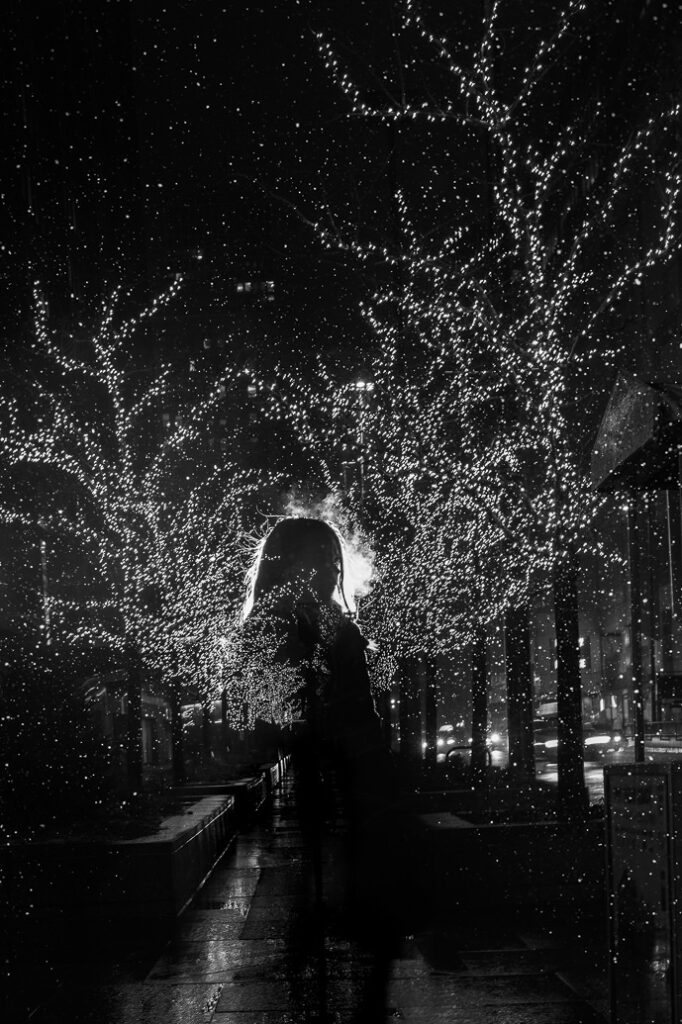
As a Japanese photographer, what has your culture and heritage brought to your photography?
I see the world based on Japanese Zen Buddhism, and its basic notion is “our existence is composed of various relationships.” This notion has inspired me to use photography to create relationships with the world. I think this point of view comes from Japanese culture.
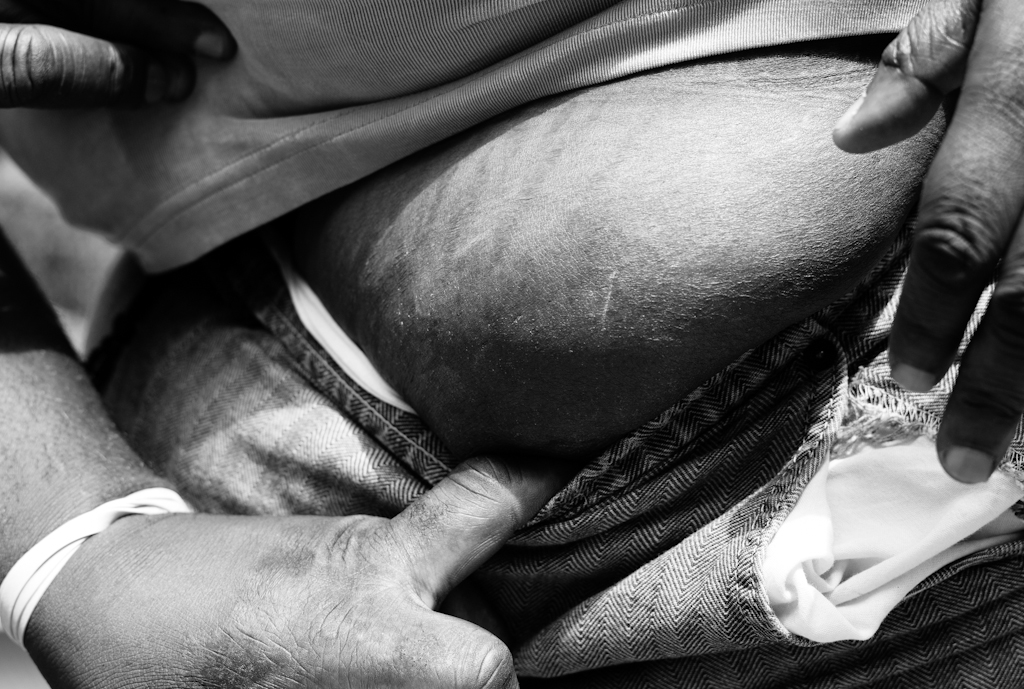
One of my favorites of your Chicago Redline photographs (top) is of a person revealing their skin just above their waistline. It’s tragic to wonder what’s exactly causing that presumed swelling. To capture these intimate moments one must be close to the subject. How would you describe your approach to strangers?
Chicago Red Line is one of my documentary projects. I spent some time there, twice a day, for first three months and then for a couple of times a week, in that small area, for a total of two years. I approached, talked, and spent time with the people around there. I even went to their homes a couple of times too. During that time, I became like a part of the community and, therefore, I could photograph almost any moment that happened in that area. Although my approach was very open to them, I find that it is extremely important to approach people as a photographer rather than a friend.
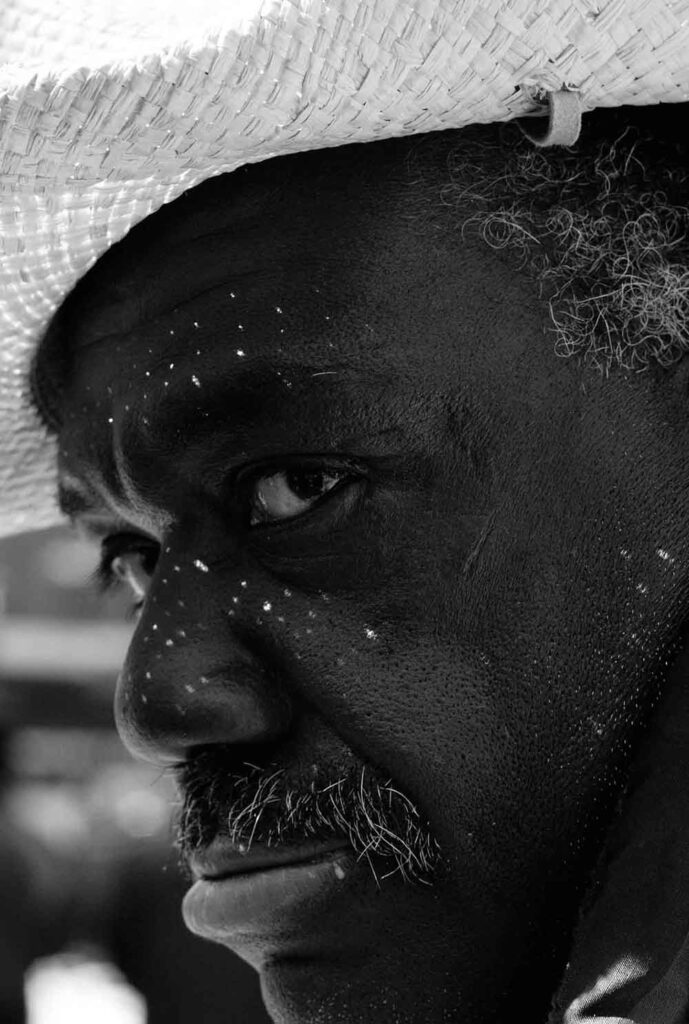
Your Chicago Street Portraits prefer the extremely tight frame. Why did you choose the close-up for these images?
I like to take photographs within the subjects’ personal space, which includes physical as well as mental space. This approach is necessary in order to capture the intimate reality of each individual’s existence.
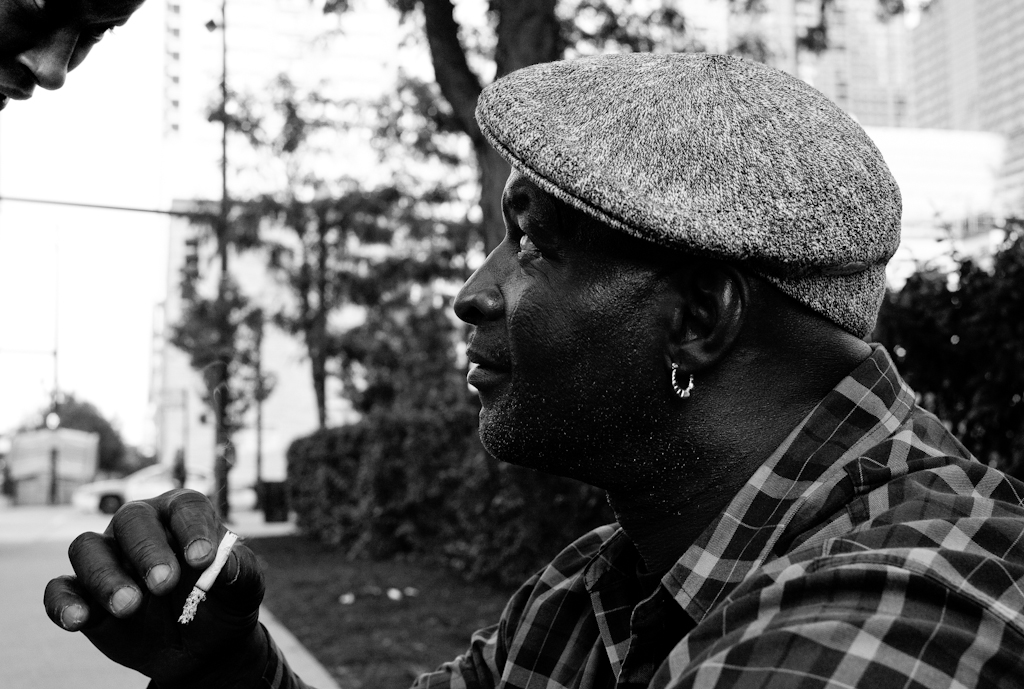
In many of your Chicago Street Portraits the subjects are smoking (top). Why did you decide on including this action?
I didn’t think about this before. This is not intended. I think this is related to my approach of photographing people on the streets. Perhaps, this is because a person who’s smoking is usually relaxed and has the time to talk with me.
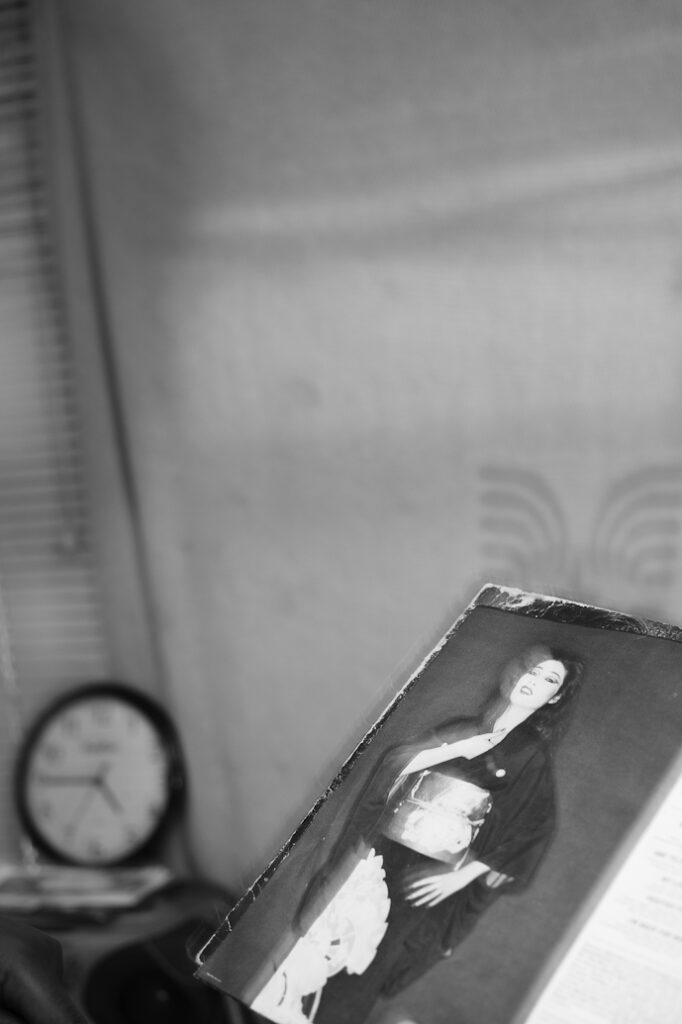
Many street photographers including you really love the black & white aesthetic. Why do you think this is so and why do you personally shoot a lot of black & white?
I like the simplicity, directness, timelessness, and creativity of black and white images. Also, I believe that black and white photography was appropriate for my vision of delving deeply into visual symbolism. I also found the process of editing and printing to be very satisfying. There is a process and an art behind the editing and printing of black & white digital photography. I have been using a carbon monochrome ink system and continue to be pleased with the quality of prints it produces.
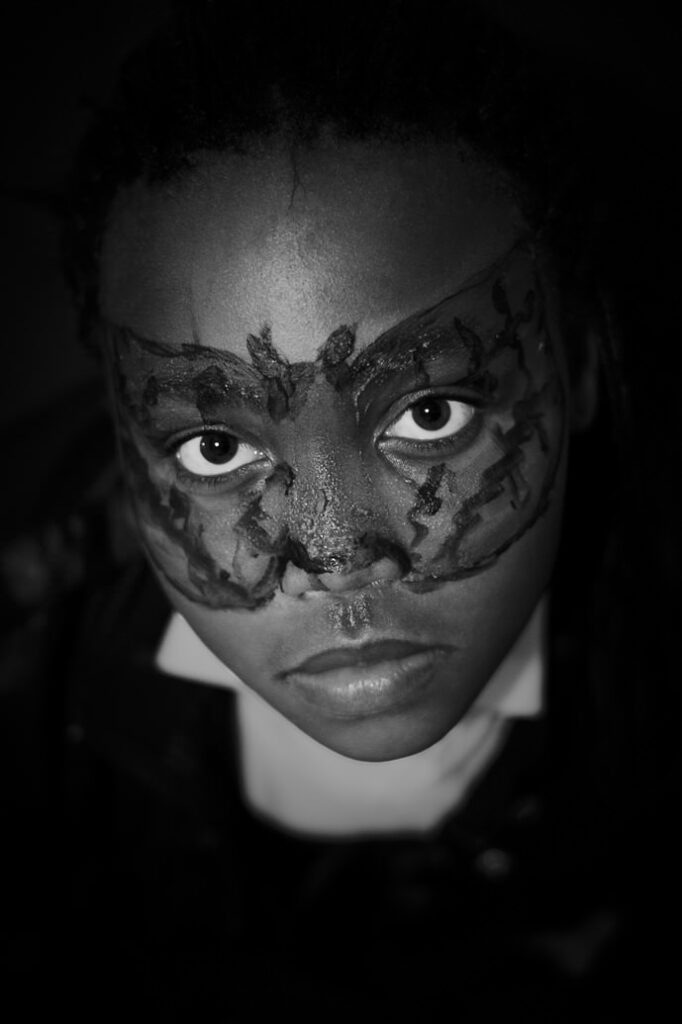
What would you consider the most crucial advice to any aspiring street photographer?
Find the method for developing your own visual voice. Always ask yourself why are you going to make this image, and ask yourself what do you want to communicate to the viewer. Every person has his or her own personality, every photographer has their own unique visual voice. All one must do is find it from inside, and, then show the world your voice in your own way.
(Here are links to the website and facebook of Satoki Nagata.)
